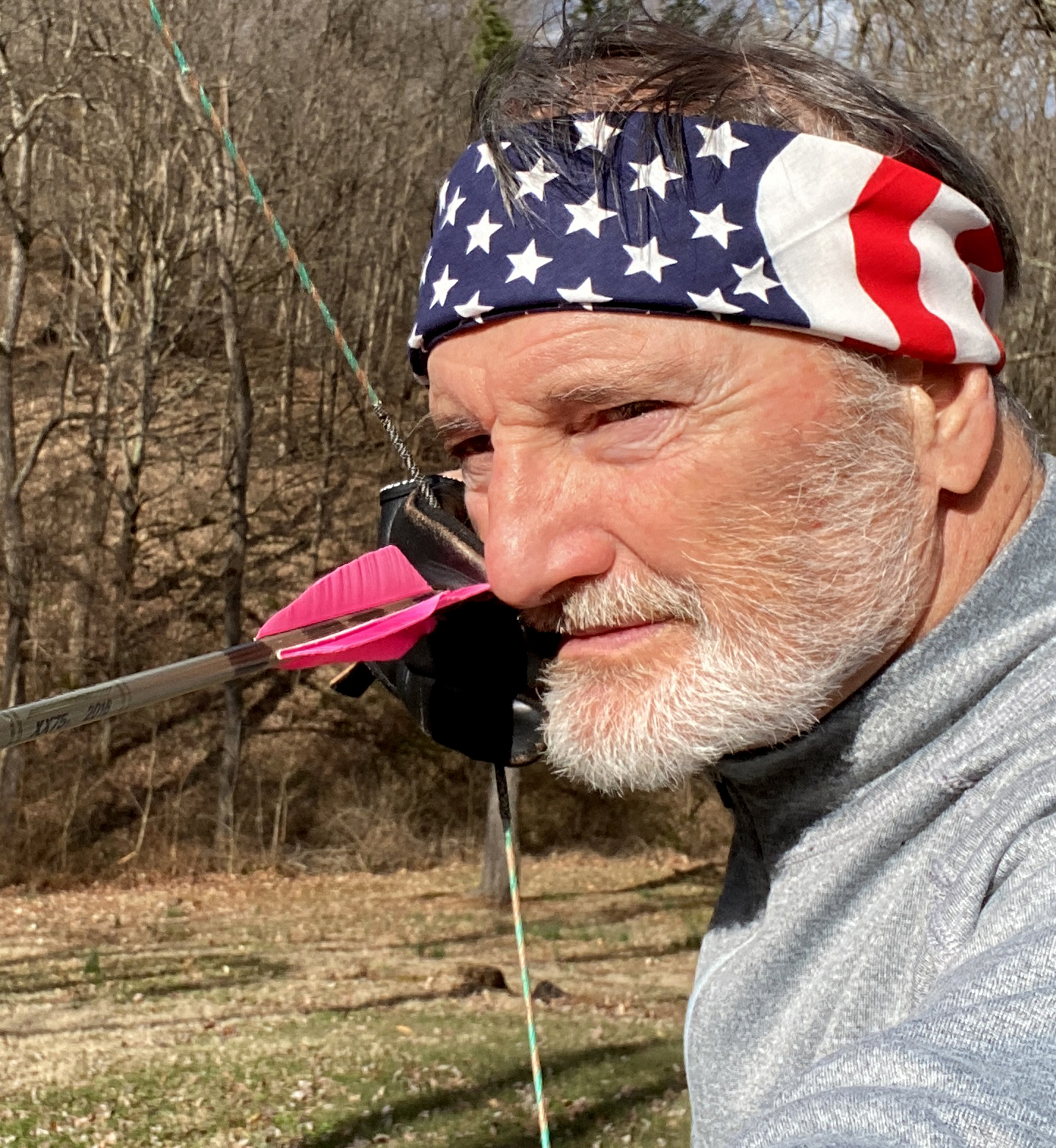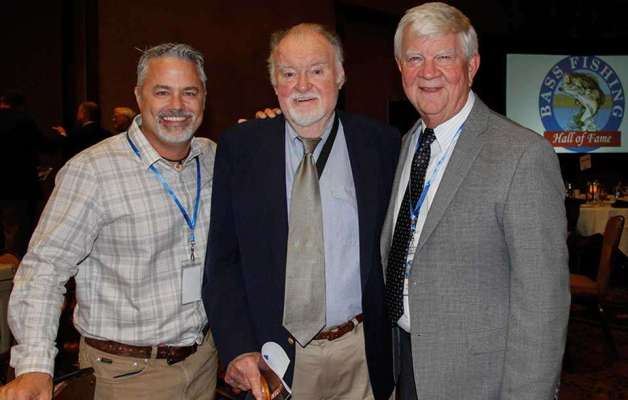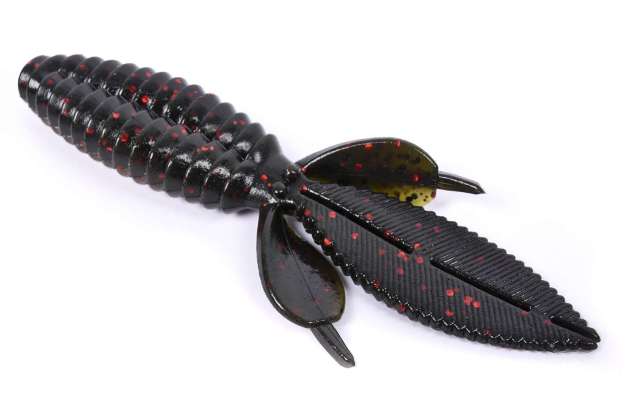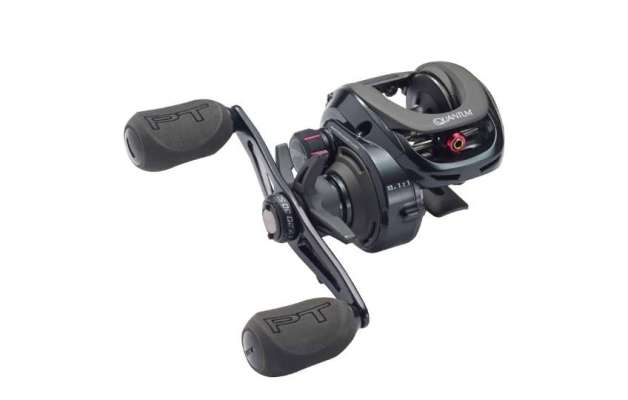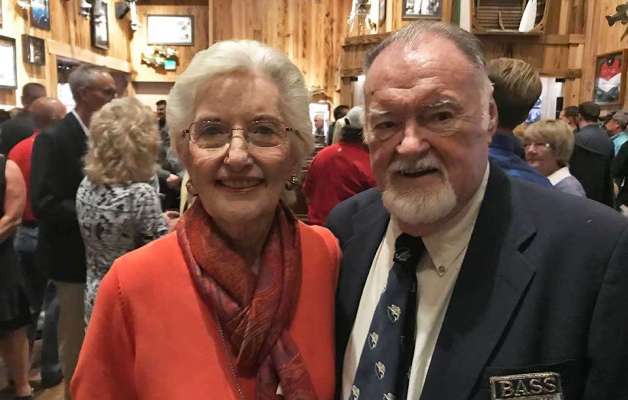
Editor’s note: 2018 marks the 50th anniversary of B.A.S.S. As part of our celebration we’re publishing stories, videos and photos about the history of the sport, including the one below.
It is 1973. A 15-year-old Gary Klein is in a 14-foot aluminum boat on the California Delta with his fishing mentor, Dee Thomas. Thomas sits on the bow and sculls close to a line of tules with a paddle in one hand. In his other hand is a stout 12-foot rod connected to 12 feet of 25-pound line knotted to a jig. Klein wields an identical rig.
They quietly ease the boat along and dip their jigs into dark openings in the tules. Every so often one of them sets the hook into a sizeable largemouth bass, horses it out of the dense vegetation and swings it aboard. The sudden, intense commotion threatens to overturn the small craft amid laughter and cheers.
They didn’t have an inkling then that Thomas would become known as the Father of Flippin’. Or that Klein would become one of the most successful Bassmaster pros in history, earning 30 berths to the Bassmaster Classic, and counting.
Thomas had already begun using his “tule dipping” method to dominate local California bass tournaments. His frustrated competitors demanded that the rules be changed to make rods over 8 feet long illegal.
Undaunted, he found a 7 1/2-foot striper rod that was, “…long enough for me to reach some stuff…” and continued his winning ways.
Dave Myers, a savvy Fenwick marking rep, brought several long rods to Thomas to try. The one he liked was a stiff, brown, 7 1/2-foot fiberglass rod. Fenwick dubbed it the Flippin’ Stick.
Thomas soon discovered that he could swing the jig out several feet beyond the tip of the Flippin’ Stick. He did this by pulling the line above the reel back as the jig swung back and feeding the line forward as the jig swung toward the target.
Hence, the flip cast was born.
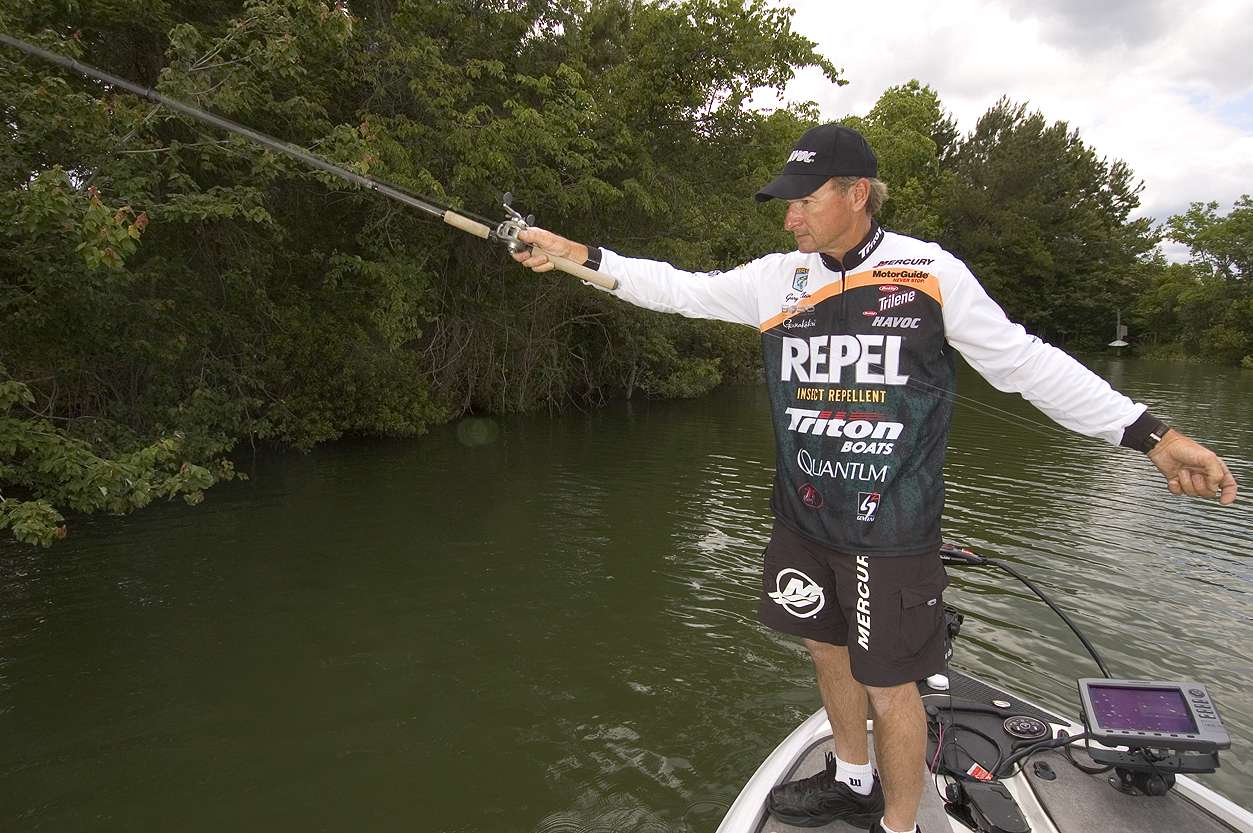
Thomas introduced flipping to the rest of the country in 1975 when he used the technique to win a Bassmaster Invitational at Bull Shoals. Despite his early success, he chose not to be a touring Bassmaster gypsy. He was content fishing tournaments closer to his California home.
However, fellow Californian Dave Gliebe, who learned the flipping technique from Thomas, was happy to hit the road. Gliebe used the long rod to win the Bassmaster Invitational at Toledo Bend in 1977 and the Bassmaster Invitational at Lake Okeechobee in 1978. His success got the attention of many Bassmaster pros, including Roland Martin. Gliebe’s flipping rod has helped him claim three trips to the Bassmaster Classic, 45 boats, two trucks and a Cadillac.
Thomas and Gliebe set the flipping revolution in motion. But it was Gary Klein, Thomas’ teenage tule dippin’ protégé, who kicked it into high gear when he ventured east from California in 1979 to fish the Bassmaster Invitationals. He was 20 years old.
“Dee Thomas instilled in me the confidence I needed to go all in on the B.A.S.S. circuit,” Klein said. “Flipping was my ace in the hole.”
Although flipping was beginning to catch on, few pros were using the technique. Klein reckoned that he would have bass “in the heavy stuff” practically to himself. He left California with seven rods, all of them Flippin’ Sticks.
Klein spent his practice days for the Invitationals looking for bass cover that he could mine for gold with his flipping rods. If he had to cast a spinnerbait or buzzbait, he did so with one of these long rods. His main flipping lures were a black 5/8-ounce banana head jig with a malleable hook guard made from nylon rope and a Texas rigged 6-inch black lizard.
Klein led the Bassmaster Invitational AOY standings for much of that year, but eventually finished second to Roland Martin.
“If I’d had good hooks back then I would have run away with the Angler of the Year title,” Klein said. “I lost a lot of big fish all year because my hooks would bend when I put heavy pressure on them.”
He credits legendary Bassmaster pro Hank Parker as a major influence in the flipping revolution. Parker’s greatest impact happened during the 1979 Bassmaster Classic at Lake Texoma, in which Klein was competing as a rookie.
Klein had brought an arsenal of Fenwick Flippin’ Sticks to the Classic. Parker had brought only one Flippin’ Stick because he was still refining the technique. Both Klein and Parker got on a flipping bite that put them in contention to win. Parker somehow managed to break his flipping rod. He desperately needed another. Since Fenwick sponsored Parker and Klein, Meyers successfully pressed Klein to help Parker out.
“I really didn’t want to, but I loaned one of my Flippin’ Sticks to Parker,” he said. “He won the Classic. I ended up fourth.”
It’s hard to overstate the impact that the flipping technique has had on bass fishing. The long rod has been essential to the remarkable careers of pros such as Denny Brauer, Tommy Biffle and Greg Hackney. Today, the term flipping generally refers to flipping and pitching. Either way, a flipping rod is an indispensible weapon in any serious bass angler’s arsenal.
Thomas, the Father of Flippin’, was born on Feb. 10, 1937, which makes him more than 80 years old. Despite the recent passing of his wife, Terry, and battling colon and lung cancer, Thomas still fishes 20 to 25 tournaments a year and more than holds his own.
Over his long bass tournament career, Thomas has won more than $500,000 and 25 boats. He has been inducted into the Freshwater Fishing Hall of Fame, the California Sportsmen Hall of Fame and the Professional Bass Fishing Hall of Fame.
Thomas doesn’t employ the flipping technique as much anymore because years of wielding the long rod and hauling heavy bass into the boat have given him rotator cuff problems. For Thomas, shoulder surgery isn’t an option.
“I’m not getting nothing fixed,” Thomas said. “I’ll keep putting Band-Aids on what I got and keep fishing.”

